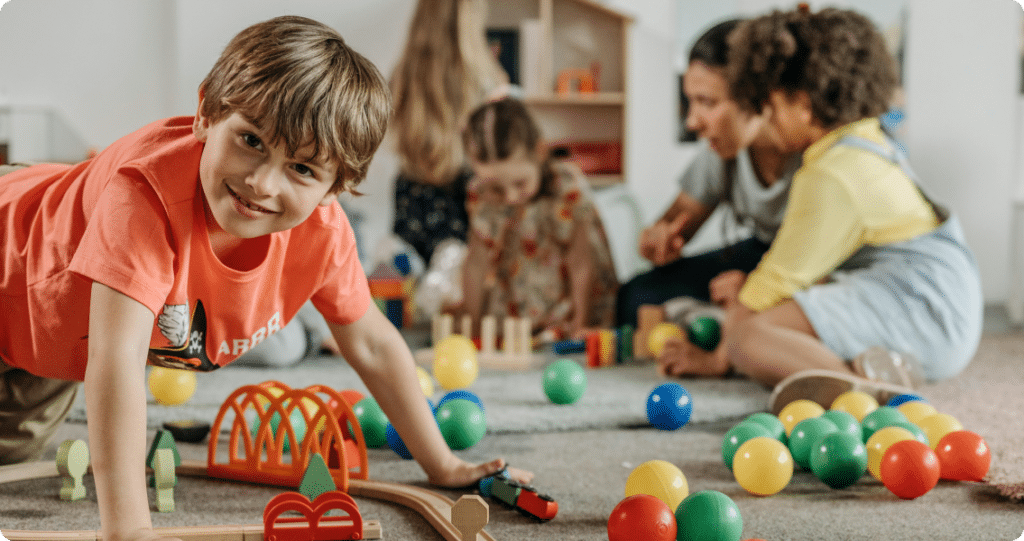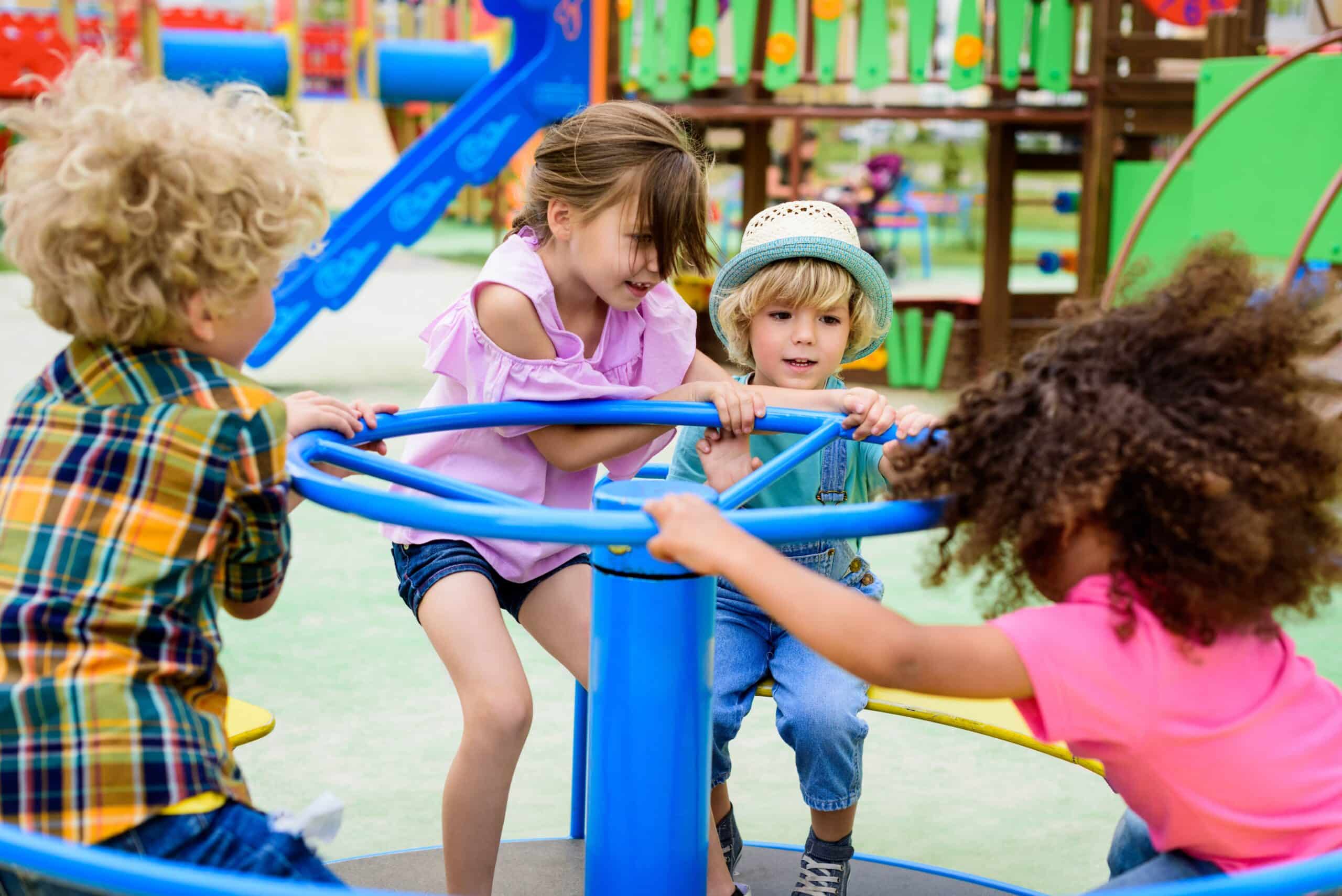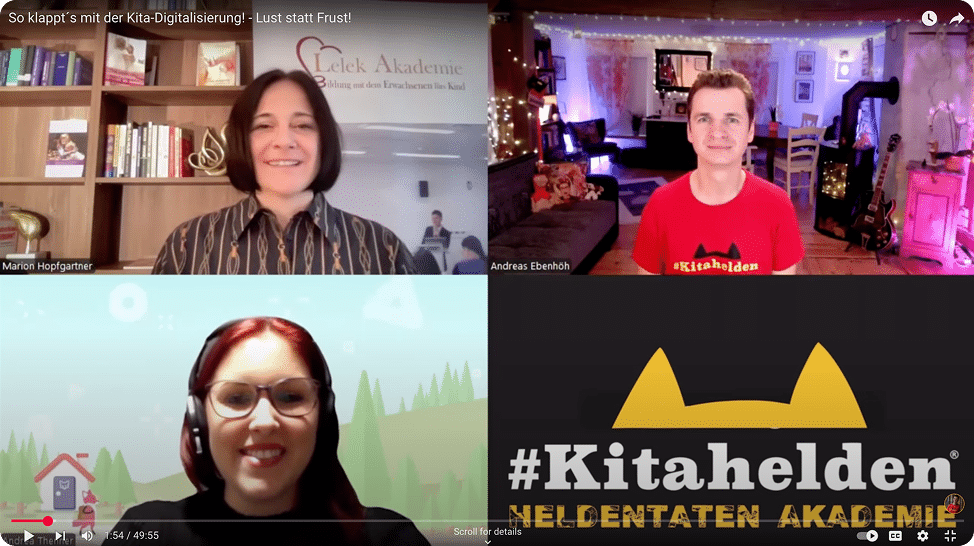
We all know that uncomfortable feeling of being watched and scrutinised. Where is the freedom when the digital shadow follows pedagogues into the morning circle? “Digital tools only make sense if they actually help me,” says Marion Hopfgartner from the Lelek Academy. The internationally active reform and transformation pedagogue founded TLI Pedagogics® in 2012 and has been pursuing a very open and experimental approach to the “digitalisation of the preschool” ever since. According to Marion Hopfgartner, the fear of control often stems from the fact that educators have had negative experiences with the introduction of digital tools in administration and onboarding was poor or non-existent. This leads to frustration. When introducing new tools, it is therefore important to have a desire to discover and to communicate transparently what they are intended to help with. Only when we experience effects such as time savings in administration, commitment or fewer misunderstandings with parents can we perceive digitalisation as support. 
According to a study, digital media use is no longer a rarity among the very youngest. “As many as 72 per cent of children aged between 0 and 6 and 81 per cent of 3 to 6-year-olds use these (digital media, note) at least occasionally themselves. Compared to 2013 (41%), this represents a doubling in the age group of 3 to 6-year-olds.” (S 2; medienimpulse , Jg.58, Nr. 1, 2020) This rapid increase in usage can seem daunting, especially as many questions remain unanswered with regard to pedagogical support. The balancing act that educators have to perform here is great. On the one hand, it is important to consider health aspects in early childhood up to the age of 3, while at the same time providing a playful and open approach to media use. In addition, the media education expertise in the team is distributed differently and the sensitivity of parents/guardians to this topic is also very diverse: “The topic of “children and media” is occasionally discussed at preschools by a third of the main educators and rarely at parents’ evenings or in discussions with parents by 33 percent. However, half of the parents surveyed would like more counselling on media education from the preschool.” (https://mpfs.de/app/uploads/2025/01/miniKIM-2023_PDF_barrierearm.pdf) Marion Hopfgartner pursues an open approach to digital media in her preschools at the Lelek Akademie and actively incorporates its use into the educational work. For example, unknown animals that appear in stories are searched for together on the internet or picture books are supplemented with video material and made tangible. Care is taken to ensure that the digital materials used here are simple and clear. Emotionalising videos with fast cuts, for example, are a no-go. However, according to Marion Hopfgartner, it is important to pay attention to the individual needs of the children when guiding them through media education. “When children zoom in on fish in an aquarium with their finger, I have to guide them differently than children who have almost no contact with digital media.”
A major area of digitalisation in the preschool concerns administration. The aim of every digitalisation step must be to relieve teachers of administrative work so that they have more time for the essentials: Their educational work. Marion and her team have broken new ground here: There is an explicit mandate to try things out at will. Be it through digital surveys for closing times, AI for organising rosters or prompts for writing minutes after parent-teacher conferences. Of course, a professional review should never be missing, but even this valuable preparatory work can take a lot of pressure off colleagues. Framework conditions such as the GDPR must be secured by the organisation. Apps like KidsFox or Sdui have integrated these standards centrally into their development.
One could cynically say that media education has added a problem area to parental work. As mentioned above, the use of digital media in early childhood is a very controversial topic. Many fears and conflicts can be anticipated through information events in which parents are not only informed about technical matters such as the use of preschool apps, but also have the opportunity to discuss the educational institution’s media education approaches. Because despite all the longing for Neverland, it is important to remember the ticking crocodile that reminds you that even here time has not stood still. You can find an in-depth discussion on the topic of digitalisation in the preschool with Andreas Ebenhöh, Marion Hopfgartner and Andrea Thenner here.
